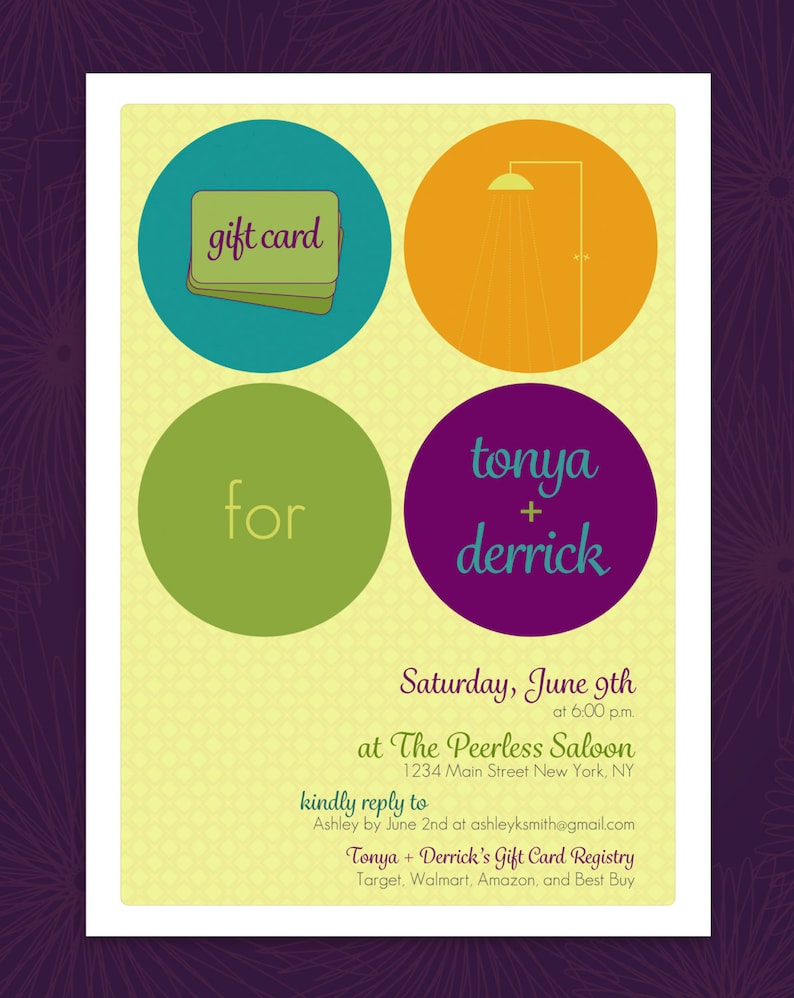Personalized glass items can share a feeling of refinement, beauty and brand identity. Font choice plays a crucial function in developing the tone of an engraving, particularly when creating corporate gifts or milestone celebrations.
Modern sans-serif typefaces offer a balanced visual for inscriptions that share innovation or forward-thinking brand identifications. Attempt pairing them with classic serifs to bring a more creative panache to your layouts.
1. Flared or Flowing Details
Etching on glass uses a selection of layout options. For round items, such as bottles or containers, making use of a rotating attachment allows for constant and also inscribing throughout the surface. Engraving from the inside of the glass allows a much more refined, attractive appearance or even a full-color paint fill.
Playful font styles evoke power and charm, making them excellent for brand names that aim to stand apart and resonate with audiences. The overlapping, interlacing and weaving of letterforms produce a feeling of activity or deepness in typography that records the target market's attention and intrigue.
Legibility is an essential element to think about when selecting a font style for glass inscription. Picking the appropriate dimension, weight and spacing permits very easy analysis at any angle or distance. Font design also plays a role, with script and attractive typefaces offering a formal or elegant look, while handwritten typefaces offer an extra individual touch. Variable typefaces enable developers to include a selection of designs and weights in a file, which aids keep uniformity and makes sure that the message or graphics are still readable.
2. Distorted or Altered Type
Embedding distorted text within a design is an effective way to add personality and make the layout attract attention. This design has actually ended up being especially prominent for logos and short taglines, as it gives off a sense of individuality while additionally showing up contemporary and special.
Glass distortion is a typical problem that can occur during manufacturing, handling or setup of rounded glass panels. It can be triggered by the flat panel being rolled into a bent form, flexing the glass while heating it or during installation.
One means to lower the incident of glass distortion is by using a premium rounded laser etching equipment with a rotating accessory. This technique allows you to trace the surface area of the rounded panel with a marker and then measure the distortion. After that, you can utilize this info to establish ideal resistances for the rounded panel. This process is time consuming, nonetheless, and would certainly be much more efficient if maybe automated.
3. Loosened up Typography
As homes and workplaces shift in the direction of minimal looks, etched glass provides a stylish alternative for including structure to a space. Its refined appeal is ideal for a modern interior decoration and matches the most recent glass manufacturing fads.
Utilizing CNC laser technology, detailed patterns can be etched into glass surface areas, with styles ranging from geometric to natural. This flexibility allows developers to produce unique, imaginative job and cater to a variety of applications.
Unlike various other decorative products, engraved glass is attractive and connects with light to change the ambiance of an area. This characteristic draws in a specific niche market of collectors and boosts glasses to the status of art. The international glass engraving market is expanding because of the climbing demand for tailored gifts and bespoke building aspects. Technical developments and the gift basket with engraved glass rise of on the internet marketplaces are additionally driving market growth. Nonetheless, the high initial financial investment costs of innovative glass engraving equipments limit market infiltration.
4. Illegible Kind
Engraved glass is an attractive and functional kind of art that evokes a classy feel. From engraving the bride and groom's names on wedding celebration champagne glasses to developing corporate honors, engraving glass is a prominent and versatile method to develop a distinct item for personal or business use.
Glass inscription is typically done by using among several methods, including sandblasting, acid etching, and laser engraving. Sandblasting is extensively used for high-volume manufacturing, stabilizing cost-effectiveness with high quality, while acid etching supplies higher degrees of information and precision for even more costs applications. Laser etching uses the most versatility and rate for mass customization of glass items, driving technology in the market.
Picking the right laser engraver for glass can make all the difference in your ended up product. The Gweike Cloud Pro, for instance, is a wonderful choice for expert glass laser inscription, with its industrial-grade components, rounded inscription capabilities, and wise set handling. Adding dampened paper towel or application tape to your workspace can additionally help stop the surface area from becoming rough, making sure a smoother and more constant inscription.
